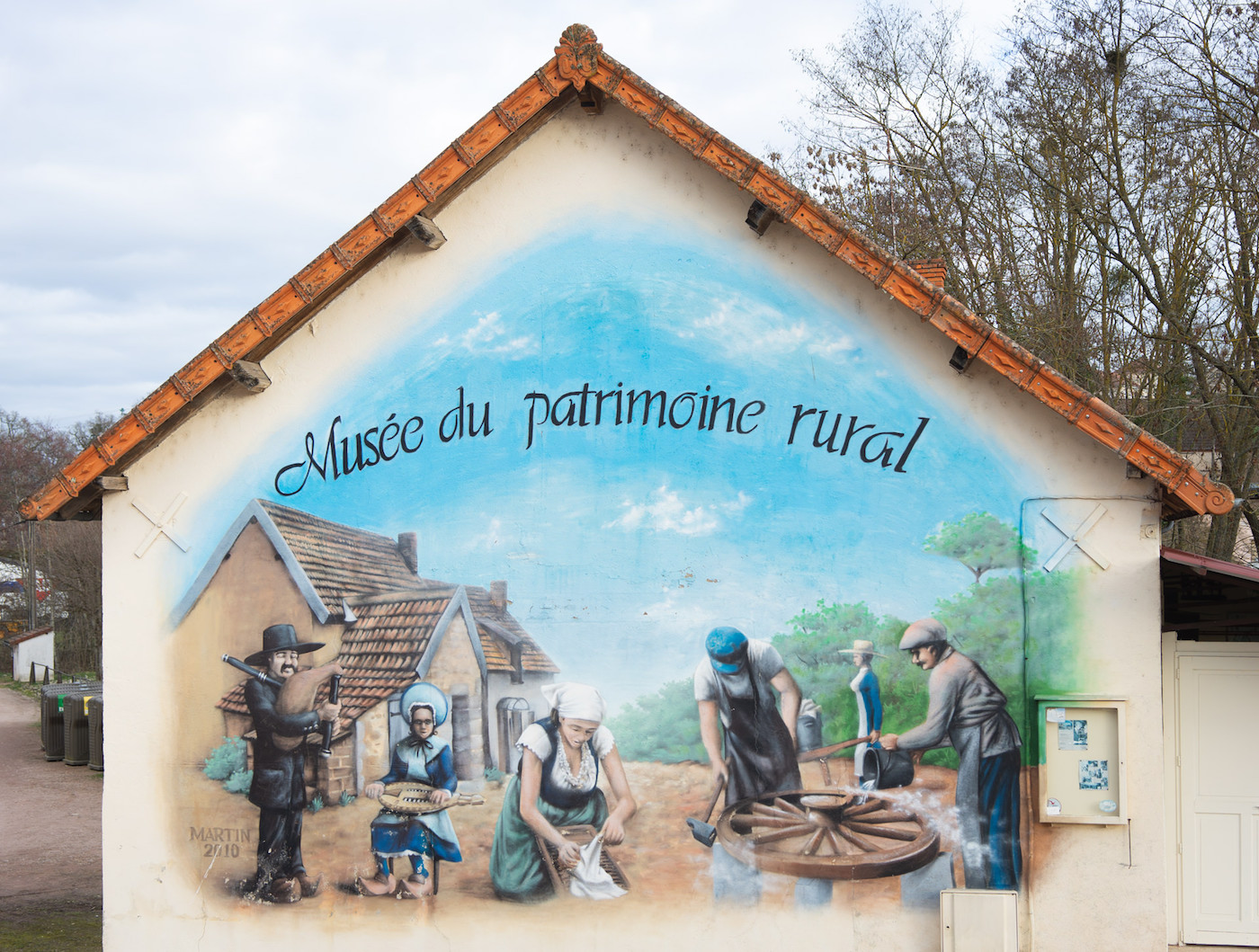
How did people live in the Bourbonnais countryside in the early 20th century ?
It is to answer this question, and also to keep alive the memory of the life of our elders, that we invite you to come and visit our museum: scenes, life size, tell you different moments of private, social and professional life in the countryside around 1900 with the help of mannequins in period clothing and the many objects or machines in use during that time.
The team of volunteers, who provide the tours of the museum, will be happy to tell you about "life in the past" and will try to answer your questions.
How France was administered in the early 20th century ?
Messieurs Emile Loubet, Head of State, and Emile Combes, President of the Council, governed France. The country, still essentially agricultural, is torn between tradition and modernity. Serious events at the turn of the century tore the population into fierce opponents (the Dreyfus affair, separation of Church and State, the Panama Canal affair, etc.). And if this period, which today is called LA BELLE ÉPOQUE, was really so for some, it was not really so for the inhabitants of the Bourbonnais countryside.
Origin of this museum
In 1997, Guy Coulon, a former blacksmith from the village of Le Donjon, created LE MUSEE DE LA ROUE where he presented all his working equipment, the use of which he himself detailed during the visits. Particularly interested in this way of keeping alive the memory of their recent past, several Donjonnais proposed to this enthusiast to extend this presentation to other aspects of their life "before" using their own objects. As donations were made, animated scenes were added to the wheelwright's workshop and, in 2006, LE MUSEE DE LA ROUE became LE MUSEE DU PATRIMOINE RURAL.
Interesting children in this visit
Through this museum, today's children "see" what their grandparents (or their grandparents' parents) lived in the countryside when they were children themselves: a harsh life, where everyone, from a very young age, had to participate in the work ("no useless mouth to feed"), without running water in the house and even, for many, without electricity... Yes, a harsh life where, nevertheless, we knew how to have fun... (Uh... The TV? The telephone? The tablet?) To make the visit more fun, each scene has a sound and/or visual animation that adults can activate themselves.